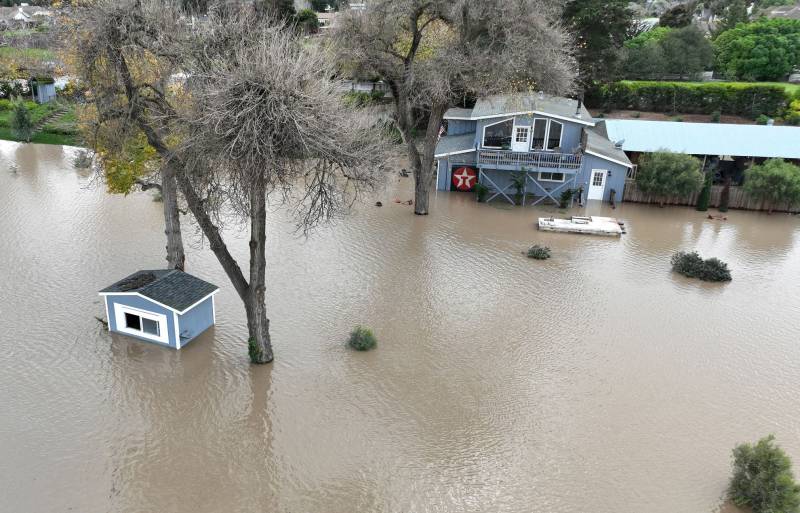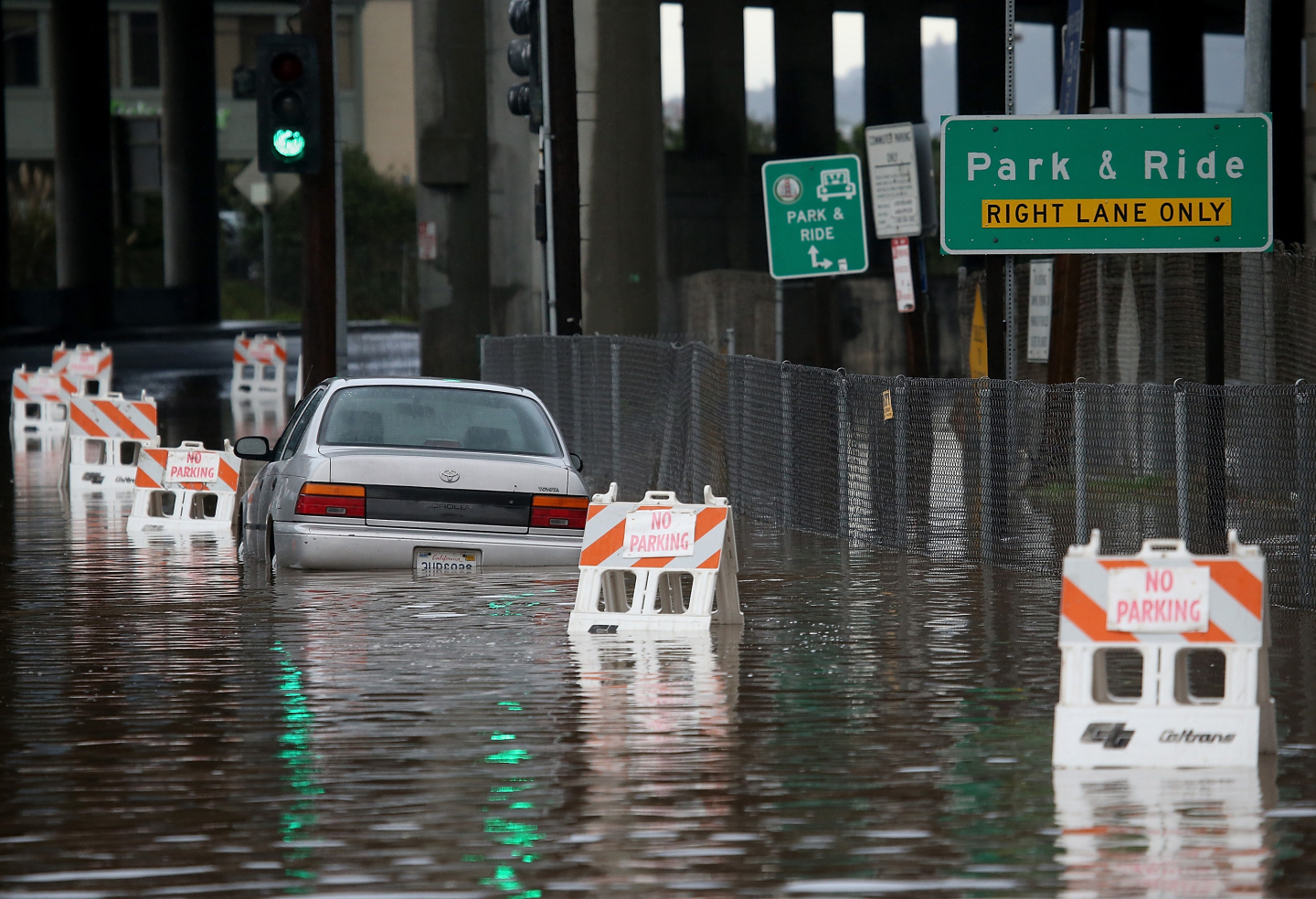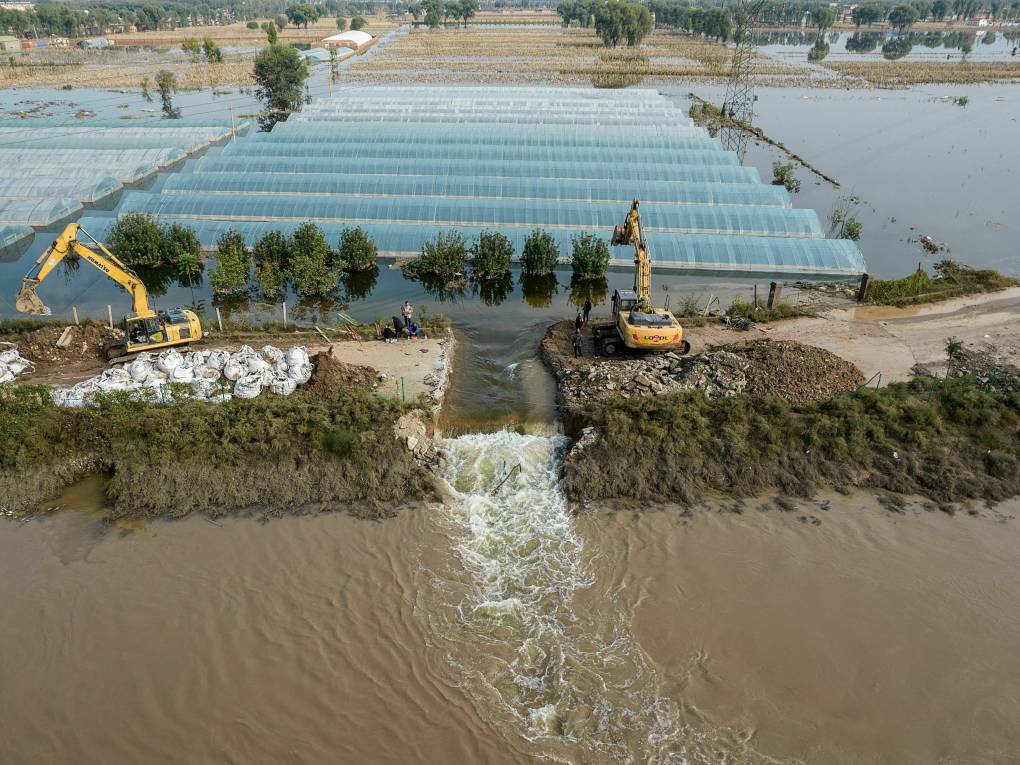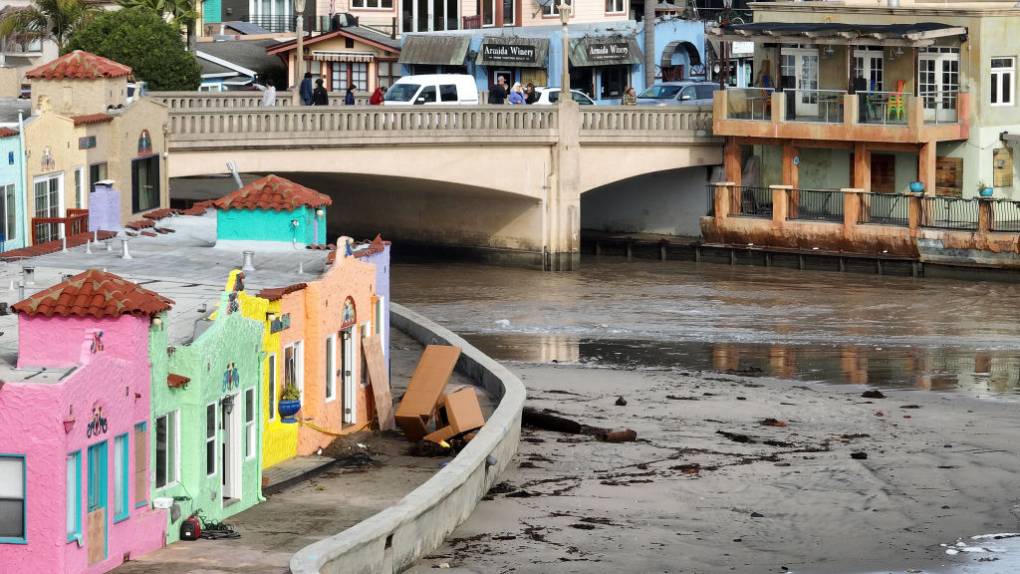Anderson noted that the storms that began rolling in after Dec. 26 were relatively cold. That meant virtually all of the precipitation that fell at higher elevations came down as snow. The result is a statewide snowpack that is currently 247% of average for this time of year — and 120% of its average level on April 1 — traditionally considered the peak date for the Sierra snowpack.
“We’re ahead of the record snowpack of 1982–83,” Anderson said. He added that the huge surplus of water currently locked up as snow in the mountains could pose a challenge later in the wet season.
“Looking to the future, this does set the stage for potentially dealing with flood issues as we move through the snowmelt season,” Anderson said. But, he noted, that prospect is not imminent with continued cold temperatures expected to aid in preserving the snowpack in coming weeks.
The DWR said the storms have fueled a big increase in the volume of water stored in the state’s reservoirs, though not at the eye-popping levels seen in the snowpack statistics.
Molly White, water operations manager for the State Water Project, said statewide reservoir levels are at 91% of average for mid-January. Huge increases have been seen at the SWP’s Lake Oroville, where storage has nearly doubled since Dec. 26, to 2 million acre-feet, and at the federal Central Valley Project’s Shasta Lake, where the amount of water captured has increased about 60% in three weeks.
Shasta, the state’s largest reservoir, is at 82% of average for this point in the season; Oroville, the second-largest, is at 101%. White said that leaves a lot of room in both lakes before flood control concerns become an issue.



